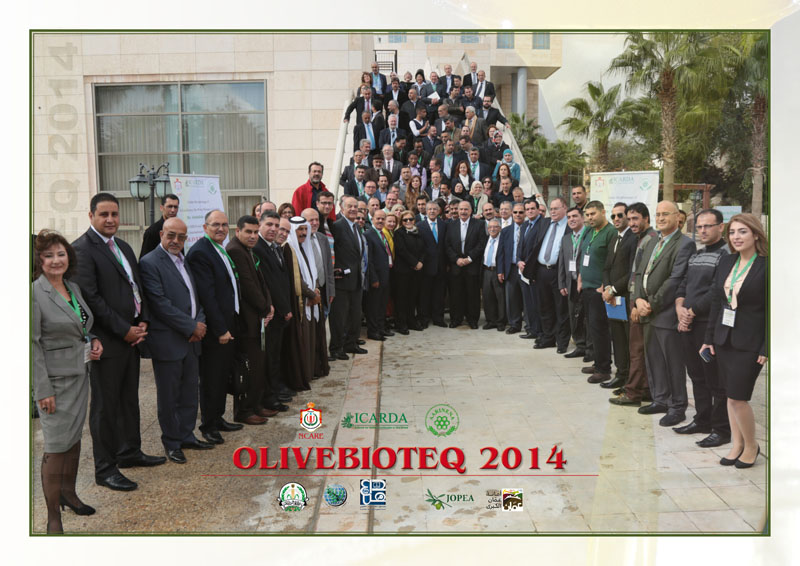OLIVEBIOTEQ 2014

FruitFlyNet took part on the Olivebioteq 2014, which was co-organized by our parter NCARE. Read the bellow abstract submitted.
FruitFlyNet Project: E-monitoring and pest management design issues of a location-aware system for olive fly and other fruit fly pests.
M.AlQasem1, A. Sciarretta2, M.R. Tabilio3, M. Miranda-Chueca4, D. Nestel5, N. Papadopoulos6, T. Tsiligiridis7
1National Center for Agricultural research and Extension (NCARE), Jordan
2,3Agricultural Research Council- Fruitculture Research Center (CRA-FRU), Italy
4University of Balearic Island (UIB), Balearic, Spain
5Agricultural Research Organization (ARO), Israel
6University of Thessaly (UTH), Hellenic Republic
7Agricultural University of Athens (AUA), Hellenic Republic
Fruit flies of the family Tephritidae consist one of the most economically important groups of insect pests, threatening a multibillion fruit producing industry of the Mediterranean countries. There are major invasive species such as the peach fly, B. invadens and other that have dispersed over the last few years either in some countries of the area or in neighbouring countries, which expand the list of pestiferous Tephritids beyond the “native” Med fruit fly, European cherry fruit fly, and the olive fly. Conventional pest monitoring methods, including special designed traps are being utilized; however, these methods are time and labour consuming, mainly because they are not able to provide an automated insect-specific detection/identification method. In this paper we present the basic architectural issues of a Location-Aware System (LAS) for fruit fly e-monitoring and spraying control. LAS is based on a real-time Wireless Multimedia Sensor Network (WMSN) able to acquire and transmit scalar data and images from the field to a host station. In addition, a semi-automatic trapping and insect counting warning system, based on existing traps, with specific characteristics will be developed and integrated with LAS for the detection of invasive species. A decision support system (DSS) will perform the final optimization of the control treatments. Efforts are concentrated on the design issues of a WMSN platform, able to collect and integrate multimedia data from the field. Finally, a flexible, architecture is adopted for integration of a WMSN to the cloud for multimedia sensor data collection and sharing using Web services. The project is running in five Mediterranean countries. The LAS is already under development and it will be deployed and tested for Bactrocera oleae (in Jordan and Spain), Ceratitis capitata (in Italy), Rhagoletis cerasi (in Hellenic Republic), Dacus ciliates and Bactrocera zonata (in Israel). To facilitate the experiments a test site is also under development (in Hellenic Republic).
Keywords:Bactrocera oleae, Fruit flies, Invasive species, Traps, Sensors, Spraying
All Dates
- From 03 November 2014 to 06 November 2014
Powered by iCagenda



